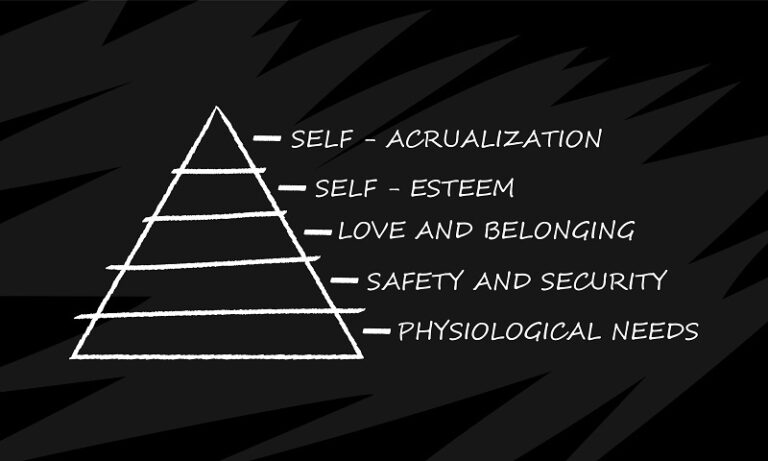Confronting Microaggressions
In a previous blog, we defined microaggressions in the workplace as the commonplace verbal, nonverbal and environmental comments, interactions, or behaviors that, whether intentional or unintentional, target members of marginalized groups. We shared that because microaggressions can be subtle or hard to pinpoint, targets may be left to wonder if they are imagining the behavior. The more detrimental impact, however, is that these every day occurrences leave many targets ultimately feeling as if they do not belong in the culture. The organizational costs of not belonging are high and significant –leading to burnout, failure to speak up with new or different ideas, and ultimately attrition.
Microaggressions, or DODEs as we call them (disrespect, otherize, dominate, or exclude), create psychological fault lines that have the power to disrupt organizational effectiveness. As traditional ways of command-and-control leader dissipate, it’s more important than ever to encourage psychological safety and inclusion in the workplace to retain employees, and to build an organizational culture that rewards and empowers all individuals to be themselves.
Am I Imagining It?
The reality is that, at some point, each of us will commit a microaggression – often without knowing it. In the case of micro-insults (subtle emotional cues that someone doesn’t belong) and micro-invalidations (failure to recognize someone’s identity or experience), it is often hard to pinpoint and thus may be brushed off in our workplaces. For these reasons, intent is not a reason for addressing the instances. It is important to acknowledge what is seen or heard, and callout the underlying message directly. Below are some tips to help you understand how to recognize and respond.
Recognizing Microaggressions
Microaggressions are meant to exclude or imply non normative behavior, they are biases or judgements acted upon or spoken about. They leave a person feeling less than, left out or not as part of the norm. The impact is that these behaviors may leave targets doubting their abilities, questioning their worth, or feeling they don’t belong in the social setting.
Understanding Your Role
Perpetrator: The person who commits the microaggression (consciously or unconsciously).
Target: The subject of a microaggression may be present or non-present. This person may or may not feel comfortable to address the action.
Observer: A third party who hears or observes the microaggression. This person becomes an ally when they choose to speak up about what they see or hear.
Action and Accountability
Microaggressions gain power as they become more invisible. For this reason, it is important for all to take ownership in avoiding, addressing or speaking up to microaggressions. This means we lean into self-awareness, we lean into self-empowerment, and we lean into self-accountability. Below are some specific actions you can take when you experience or witness a microaggression.
- Disarm the microaggression by specifically calling out the words or actions you see. By stopping the microaggression, you signal this is unacceptable.
- Be clear about the impact of such language, using your interaction as an opportunity to educate the perpetrator.
- Do not attack the perpetrator, but raise awareness of the intent vs. impact. Be clear about the unintended consequences of such microaggressions and the potential impact of the behavior or words on the target or workplace.
- Expose compassionately. Be empathetic and remember, we are all human and may need someone to show us the same compassion one day.
- Be ready to show up as an ally. It is important to take the burden off of subjects and not look to the targets to shoulder the full responsibility for solving the problem. Remember, complicity is often construed as acceptance.
- Seek outside support when needed.






